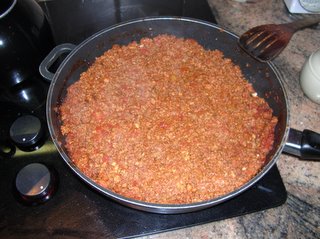French Women Actually Do Get Fat - But Only When Living American Lifestyles

Mireille Guiliano's surprise best selling book, "French Women Don't Get Fat" caused quite a stir last year in America. Some saw it as yet another condecending swipe at Americans by the tres-arrogant French. A cynical few even challenged the title's assertion by claiming that the reason French women are svelte is that they smoke far more than their American counterparts.
But arguing about whether the title is 100% accurate is missing the fundamental point of the book. It would be more accurately although less provocatively titled, "French people who eat a balance of high quality food, take time to sit down and eat meals properly, walk a great deal and drink lots of water don't become overweight". Obviously this tongue-twister on the cover would have killed sales. But that's the essence of the book. And it's good advice in my view. If you do what Guiliano recommends you will not get fat. And if you are already fat, the odds are good that you will lose weight and keep it off. Best of all, you will maximize the pleasure and joy of your eating experience. Purchasing, preparing and eating food involve rituals that we should learn to cherish. And the majority of French people do.
But apparently French lifestyles and eating habits are changing - unfortunately for the worse. Today's New York Times article, "France Battles a Problem That Grows and Grows: Fat" shows that many French, especially children are now getting fat and the country is experiencing the health consequences of obesity that American's have been facing for several years now.
The cause? Adopting American eating (fast and prepared foods) and exercise habits (i.e., little or none).


